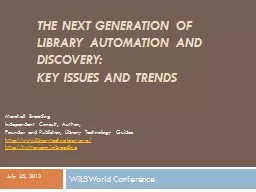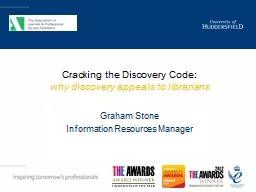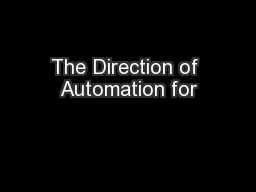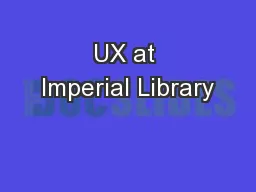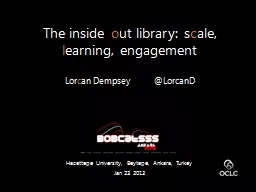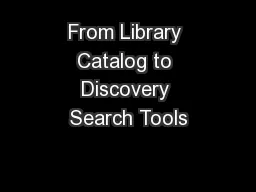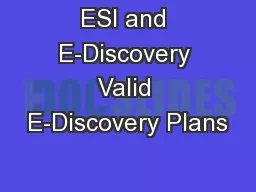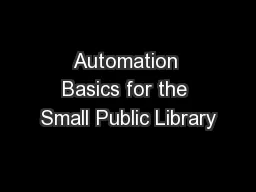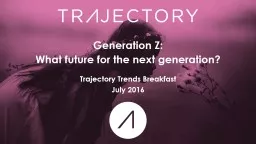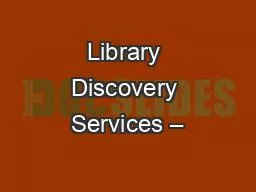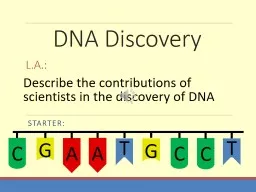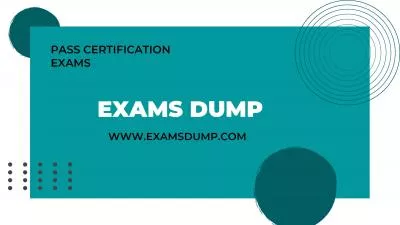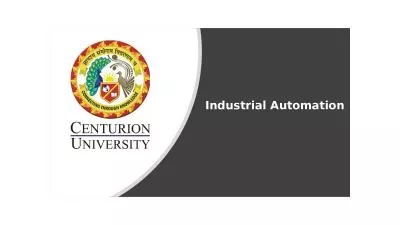PPT-The Next Generation of Library Automation and Discovery:
Author : stylerson | Published Date : 2020-08-06
Key Issues and Trends Marshall Breeding Independent Consult Author Founder and Publisher Library Technology Guides httpwwwlibrarytechnologyorg httptwittercommbreeding
Presentation Embed Code
Download Presentation
Download Presentation The PPT/PDF document "The Next Generation of Library Automatio..." is the property of its rightful owner. Permission is granted to download and print the materials on this website for personal, non-commercial use only, and to display it on your personal computer provided you do not modify the materials and that you retain all copyright notices contained in the materials. By downloading content from our website, you accept the terms of this agreement.
The Next Generation of Library Automation and Discovery:: Transcript
Download Rules Of Document
"The Next Generation of Library Automation and Discovery:"The content belongs to its owner. You may download and print it for personal use, without modification, and keep all copyright notices. By downloading, you agree to these terms.
Related Documents

